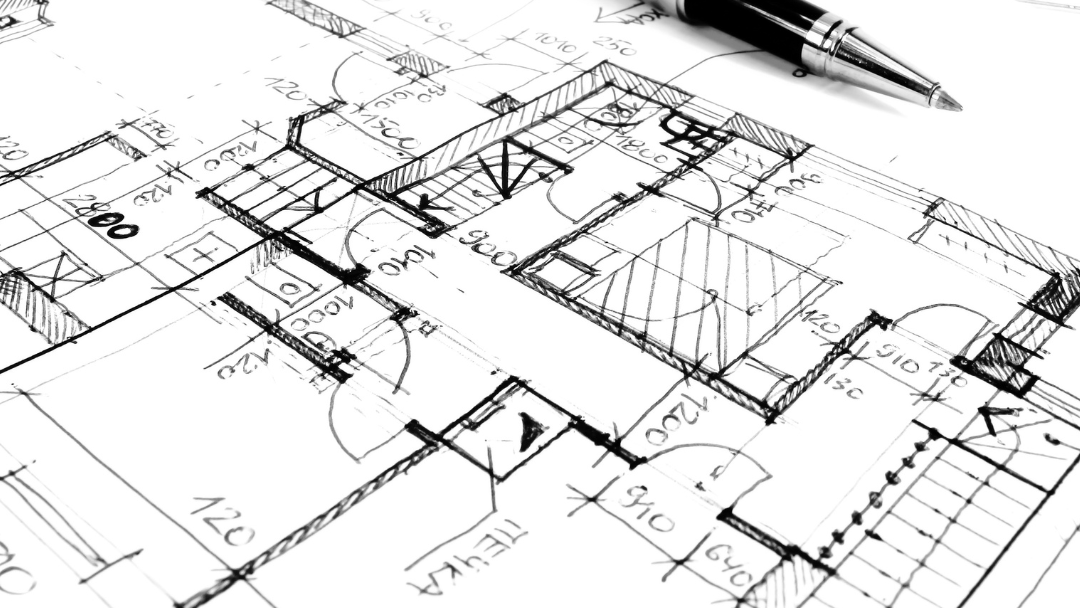Here the topic of cadastral plans is very often the subject of doubts by customers and for this reason it is my will, to inform you because I believe that, being aware of things, makes everything easier.
When you decide to buy a property, there are some important “details” for the purpose of a peaceful and hassle-free sale.
Not knowing what your duties are, whether you are a seller or a buyer, not only leads to confusion but slows down the normal sales and/or purchase process.
PLANS AND LAND REGISTRY
Land registry plans are the responsibility of the Owner of the property, i.e. the seller.
The word Land Registry may be confusing, but let’s clarify one thing right away: the Land Registry does not deal with the verification of ownership.
The verification of ownership is the responsibility of the Real Estate Registers, which are updated by Notaries.
The Land Registry has a fiscal nature and is used to determine, in the sale, the indirect taxes for deeds and direct taxes for other circumstances.
The Land Registry is the place where you will have to retrieve the plans and even today, although less and less, there are many errors that have accumulated over time.
To organize all the information, the State has issued laws (Lg. 52/1985 and Lg. 122/2010) or has given Notaries the task of aligning the land registry data with the Real Estate Registers.
The Notary therefore does so by inviting the parties, therefore the seller and the buyer, to regularize the data of the current state of the property, at the Land Registry.
Let’s clarify what the current state of a property means: it means that the layout of the surface of the property at the time the seller wants to sell, including the external and internal walls and windows, have not undergone any changes compared to the plan that is present at the Land Registry and is therefore compliant.
In the case of floor plans, it is the Owner who must deposit, through a technician, a declaration of conformity of the cadastral plans, under penalty of nullity.
This declaration has CIVIL AND CRIMINAL value and is cause for nullity of the deed if a discrepancy is found, after the sale.
If the owner does not want to issue the declaration, the notary cannot stipulate the notarial deed.
URBAN PLANNING COMPLIANCE
The errors that must be avoided do not only concern the cadastral aspect but also the Urban Planning aspect.
Urban planning compliance certifies that the building is identical, in all its parts, to the project presented and approved by the Municipality, without building abuses or variations, such as the intended use, height, volume, covered surface area and distance between buildings.
To have urban planning compliance it is necessary to have the assessment or procedure through which the competent authority, usually the Municipality, verifies the building legitimacy of a property and compliance with the current urban planning regulations.
To request the assessment, there may be some conditions such as:
in case of doubts about the conformity of a property with respect to the project filed with the Municipality;
when there is suspicion of the presence of building abuses or unauthorized variations with respect to the building permit;
before carrying out renovation or modification work on a property.
The steps to verify urban planning compliance are:
– comparison between the actual state of the property and the building project filed with the Municipality by a qualified technician;
-collection of the necessary documentation which includes:
1.historical cadastral survey;
2.mortgage survey;
3.certificates of conformity of the systems
4.energy performance certificate (APE)
5.certificate of habitability
6.authorization titles such as building permits, SCIA, building permits
-drafting of a final report by the technician, which certifies the correspondence between the state of the property and the building authorization titles filed with the Municipality, excluding the presence of abuses;
-issuing of the certificate of urban planning compliance, which can be requested from the technical office and the private building office of the relevant Municipality.
Urban Planning Compliance is mandatory for all sales, requests for a mortgage and for renovation or modification work on a property.
It can also be requested to request: tax incentives, for the usability of a property and to regularize building violations.
If there are violations and there is no conformity, it is necessary to intervene on the identified building violations and, if necessary, proceed to the payment of sanctions through a regularization act.
CONSEQUENCES OF NON-COMPLIANCE WITH URBAN PLANNING
In the presence of building abuses, civil and criminal sanctions are foreseen, let’s see which ones:
1.the competent authority can issue an order for the demolition of the illegally built property and the restoration of the original state of the area;
2.if the demolition order is not carried out within the deadlines, the Municipality can acquire the property to its assets;
3.pecuniary sanctions of between 2,000 and 20,000 euros can be applied, with higher amounts for abuses in areas at risk of hydrogeological damage.
In serious cases, non-compliance with urban planning can constitute the crime of illegal building punishable by arrest and a fine.
Furthermore, non-compliance with urban planning can significantly influence the sale of a property, causing significant delays in negotiations.
If the property is found to be non-compliant, the deed of sale can be annulled and the buyer can ask for compensation.
Submitting false declarations of urban planning compliance is a serious violation of Italian building regulations. Such behavior may result in both criminal and administrative sanctions, depending on the severity and specific circumstances of the case.
REMEMBER THAT
The law requires that the Notary attach to the deed only the owner’s declaration regarding the plans but not the plans themselves.
Often, the Notary, a few days before the deed, downloads the latest plans that are present in the Land Registry, regardless of whether they have been attached or not.
At that point, if the plans show discrepancies, you may find yourself with nothing done and this means postponing the deed to provide for the updates and the buyer could lose patience and give up the sale.
The Notary acts in this way to join the fight against building abuse since it is the State itself that has entrusted him with the task of cadastral alignment or to carry out the verification between the real estate registers and the Land Registry even if he is not directly responsible for verifying the factual situation but the seller.
This task is entrusted, by the State, to the seller of the property and in the absence of a declaration, the deed is affected by absolute, formal, incurable nullity and in this way the deed becomes NOT RECEIVABLE.
If you would like advice on choosing your property in Tuscany, book a video call:





